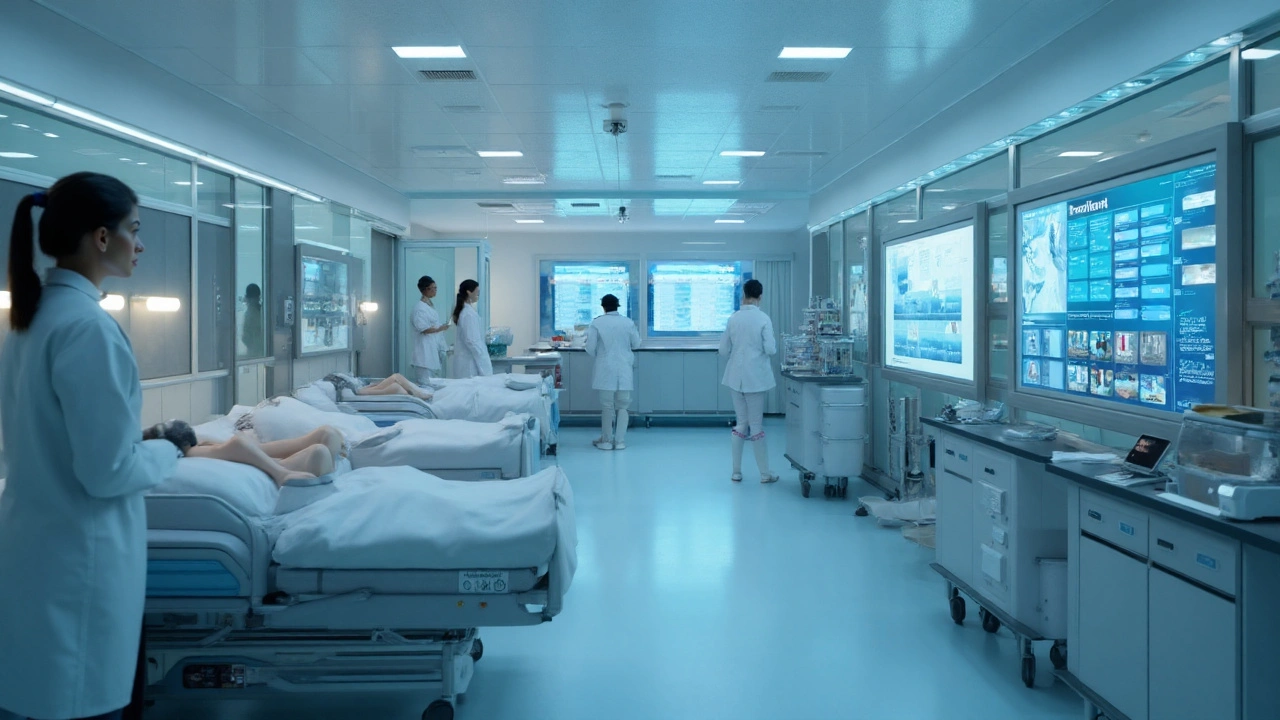Future Pharmacists – Your First Steps in Pharmacy
Ever wondered what a day in a pharmacy really looks like? It’s more than just counting pills – it’s about talking with patients, checking drug interactions, and keeping up with new meds. If you’re aiming to become a pharmacist, the sooner you get comfortable with these basics, the easier the transition will be.
Why drug safety matters for new pharmacists
Drug safety isn’t a buzzword; it’s the backbone of the profession. Mistakes in dosage or missed interactions can harm a patient and damage your credibility. Start by learning how to read a drug interaction chart – focus on the color codes, column headings, and common red flags like serotonin syndrome. Knowing these details helps you catch problems before they reach the prescription bottle.
Self‑medication is another area you’ll see daily. Patients often ask if they can treat a headache with OTC painkillers or mix supplements with prescriptions. Memorize the red‑flag signs: persistent fever, worsening pain, or any symptom that lasts more than a week. When in doubt, direct the patient to a doctor. This habit builds trust and keeps you on the safe side.
Practical skills you can learn right now
While you wait for formal education, practice the 90/90 decluttering rule in a pharmacy context. Spend 90 seconds each day scanning a shelf for expired meds or mismatched labels, and clear them within 90 seconds. It trains your eye for detail and keeps the workspace organized – a skill that supervisors love.
Understanding the difference between brand‑name and generic drugs also pays off. Look at the active ingredient, dosage form, and bioequivalence numbers. Knowing that a generic can be just as effective saves patients money and shows you can advise wisely.
Finally, familiarize yourself with substitution guidelines. When is it safe to swap a drug for an equivalent? Usually, if the active ingredient and strength match, you’re good – but keep an eye on patient allergies and specific brand‑related excipients. This knowledge will become a regular part of your workflow.
Putting these habits together creates a solid foundation for any future pharmacist. Start small, stay consistent, and you’ll notice confidence growing with each interaction. The pharmacy world moves fast, but with the right basics you’ll always be a step ahead.
How Future Pharmacists Are Trained: Modern Pharmacy Education Trends
Posted by Anna Fenton on Sep, 20 2025

Explore how pharmacy education is evolving to prepare future pharmacists with clinical simulations, interprofessional learning, AI tools, and telepharmacy.
